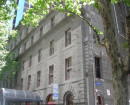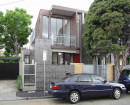Sunbury War Memorial
Stawell Street SUNBURY, HUME CITY
-
Add to tour
You must log in to do that.
-
Share
-
Shortlist place
You must log in to do that.
- Download report
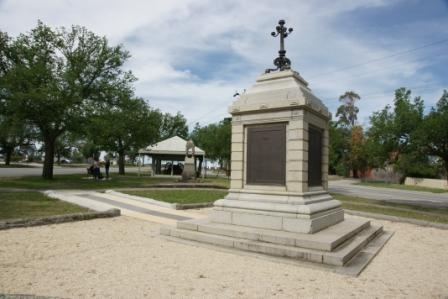

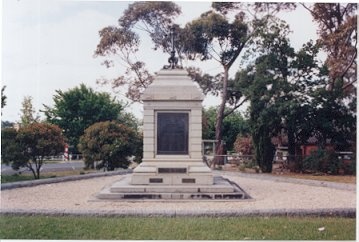

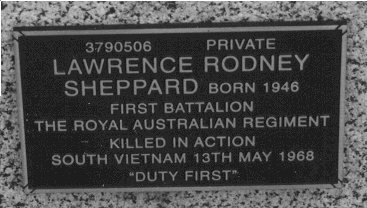
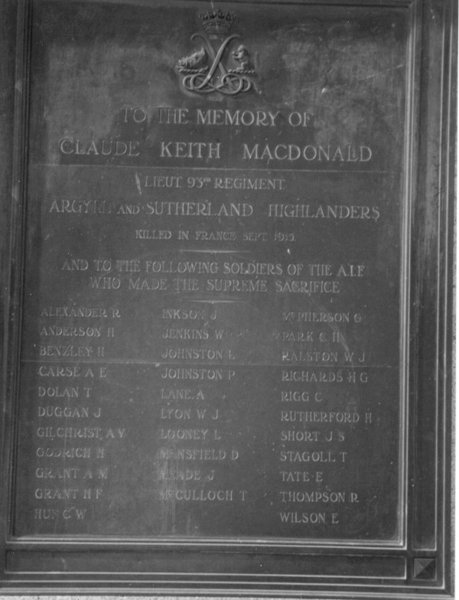
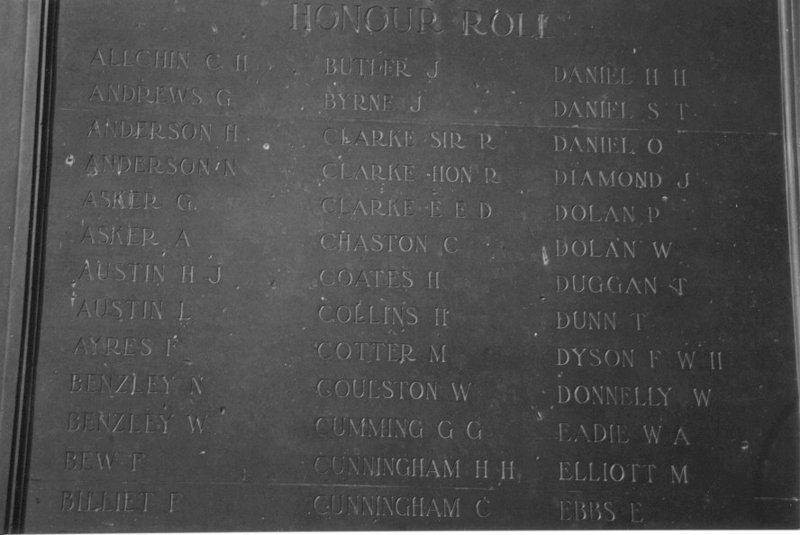
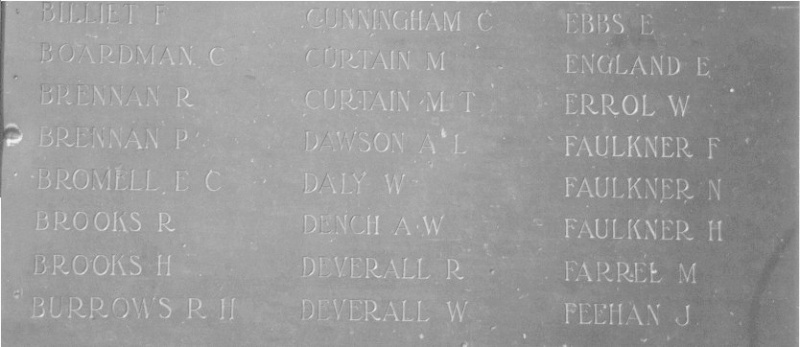
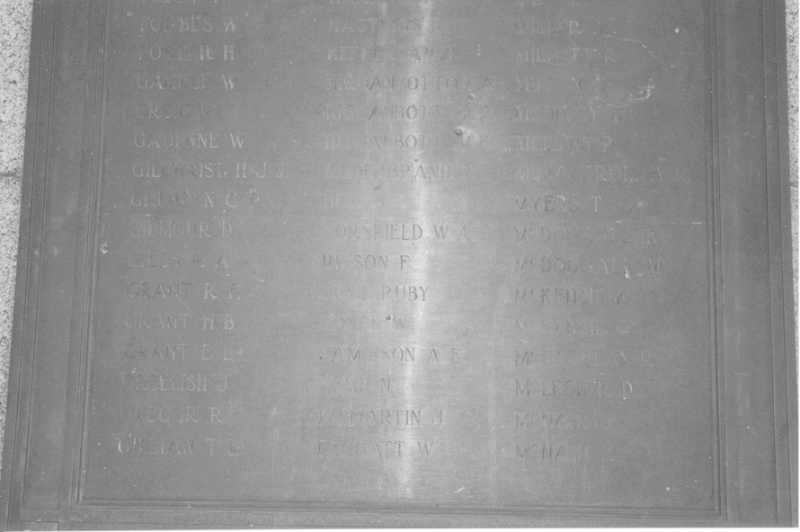
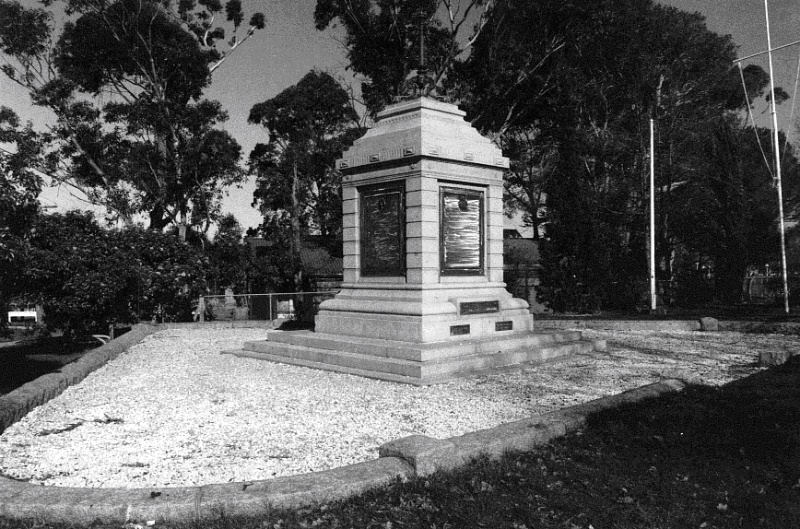
Statement of Significance
Recommended Level of Significance: Regional
The Sunbury Soldiers Memorial, erected in 1921, is of regional architectural, historical and social significance as an unusually elaborate country-town memorial commemorating local participation in the Great War. The erection and unveiling of the monument was an important event in the community demonstrating their strong desire to commemorate the 'valour and heroism' of the men whose names are inscribed on the monument.
The memorial's direct association with the prominent Clarke family adds substantially to its importance. Although the idea to erect such a monument was a community initiative, the memorial was eventually paid for by Sir Rupert Clarke who had it erected in remembrance of a fallen nephew.
Architecturally the monument could well be of higher significance due to its 'massive and chaste' design in granite and bronze. It was erected in an era when most war memorials were in the form of stone obelisks or much simpler stone structures.
The memorial and its enclosure is substantially intact. The memorial is an important part of the streetscape and Sunbury civic precinct, and integral to the interpretation and presentation of the history of the Sunbury district.
-
-
Sunbury War Memorial - Historical Australian Themes
Historic Theme(s): 'Towns/Hamlets'; Civic and Social Life'.
Veterans Description for Public
Sunbury War Memorial - Veterans Description for Public
The Sunbury Soldiers Memorial on Stawell Street, was erected in 1921 to commemorate the First World War. Subsequently two plaques have been added one at the end of the Second World War and another to commemorate those who had fought in Korea, Vietnam and Malaya. The process of erecting the cenotaph monument in Sunbury has been well recorded. In December 1918 the Sunbury News put forward the suggestion that a 'soldiers monument should be erected in some prominent position in the town.' With the intention of giving the idea a solid start and 'in the hope that some worthy memorial to the glorious deeds of our gallant lads will be the result' they announced the opening of a subscription list to which they donated the first £5. The News then proposed that they would acknowledge all amounts received from the community in the newspaper and at a later stage a meeting of these subscribers could be convened to decide on a course of action. As the News urged 'here is an opportunity for every patriotic citizen to show his appreciation, in a tangible way, of Sunbury's great effort in finding over three hundred of her sons ready to answer the Empire's Call.'
For the next six or so months, the subscription funds accumulated slowly and there were problems as to when and where the memorial would eventually be erected. However, in July 1919, it was announced that Sir Rupert Clarke had offered to pay for the memorial which he intended to erect to the memory of his nephew Lieut. Keith MacDonald who had been killed in France. Clarke had selected Sunbury as the site for the monument because of its long-term association with the Clarke family - as exemplified by their Sunbury property Rupertswood - and he asked the memorial committee to select a location for its erection.
Not long after, in September 1919, the News on behalf of the Bulla Shire Soldiers' Memorial Committee published a list of soldiers' names connected with the Shire who had enlisted and served with the A.I.F. This was to inform the community of the names to be inscribed on the monument because the committee required notification of any omissions or inaccuracies.
The erection of the monument itself did not start until almost a year later. The committee had chosen a site at the triangular tip of the intersection of Stawell and Barkly Streets in front of the Sunbury State School and the contractor began work some time in early August 1920. By the middle of October, the News reported that the monumental masons, Messrs. James Taylor & Sons of Footscray had made 'good headway' with the brick footings for the monument but it appeared that it would be some time before the stone work was ready, due to the scarcity of labour and material. Even so, the News reported, it was expected that the memorial would be finished before the end of the year.
This was not to be the case, and it was not until mid-January 1921 that the stonework began to arrive in Sunbury. Because of the size and weight of the stonework, two cranes were required. The stonework was transported to Sunbury by train and the Railways Department supplied the crane needed to unload it. Another crane was used at the site to manoeuvre the sections into place. By mid-January the massive plates containing the names of the district soldiers had also arrived; they came from Sydney. Enthusiasm for the project seems to have still been strong and the Sunbury News opined that 'there will be few, if any, better soldiers memorials of this class in Australia'.
Strikes by the stonemasons interrupted work on the erection of the monument but by the end of March the tiers of the stone base had been placed in position. Finally, in November of that year the News announced that the official unveiling of the Sunbury Soldiers Memorial would take place on Sunday 27 November at 3.30 p.m.
In the next issue of the newspaper, the News devoted two full columns of its broadsheet to a report of the ceremony, calling it 'a unique event in the history of Sunbury' at which a large gathering was present. The memorial was officially unveiled by Sir Rupert Clarke and speeches were made by many notable members of the community including the Shire President, the ministers of each of the churches and the president of the Sunbury Branch of the R.S.S.I.L. of Australia.
The report also noted that the cost of the memorial was around £4000 and that three of the massive copper plates carried the names of the 180 boys and men who had enlisted from the shire. It then went on to describe the structure in great detail:
"The memorial (one of the finest that has been erected in the Southern Hemisphere in remembrance and in honour of the Australian soldier in the Great War) is unique - both massive and chaste; beautiful, but not over-chaste. Made of the finest grey granite, it rises, tapering tier upon tier, from a base seventeen feet square. The last of the pedestal tiers supports the main square monument, with its four sides inlaid with pure bronze tablets, 4ft. 10in. x 3ft. 9in., upon three sides of which are inscribed the names of the men. Above this, tapering gradually, the granite rises with serrated edges to support a branching ornamental bronze column, from each of the four branches of which there hangs an electric bulb enclosed in a large white globe, the whole being crowned by a very large electric bulb and globe . . . The monument is a model of symmetry, and the fine lines of carving on the stone and bronze reveal a delicate taste. On the fourth bronze face of the monument, surmounted by the Clarke coat-of-arms, is the inscription indicating the originating cause of the gift - the loss at the war of Sir Rupert's nephew, Lieut. Keith MacDonald - together with the names of the thirty-two others who made the supreme sacrifice. The monument is protected by a triangular enclosure, with a low parapet of the same grey granite, rough-hewn; each side of the parapet is fifty feet. Salmon-coloured sand within the enclosure arrests the passer-by and shows the monument in striking relief from . . . base to crowning globe. For each of the corners of this triangular enclosure Sir Rupert intends to secure one of the German guns captured in the war. The black guns against the grey granite will complete a beautiful and massive design."
This description was worth quoting almost in full because the memorial has changed little in appearance since that time. It seems, however, that the guns were never added as intended.
The memorial was moved from its original site to its present site in front of the Sunbury Memorial Hall in 1974 when the triangular piece of land it was located on was removed by the Council because it was a danger to traffic.
Heritage Study and Grading
Hume - City of Hume Heritage Study (Fmr Shire of Bulla)
Author: David Moloney with Vicki Johnson
Year: 1998
Grading:
-
-
-
-
-
RAILWAY WATER TOWER
 Victorian Heritage Register H1673
Victorian Heritage Register H1673 -
RUPERTSWOOD
 Victorian Heritage Register H0275
Victorian Heritage Register H0275 -
RAIL BRIDGE
 Victorian Heritage Register H1441
Victorian Heritage Register H1441
-
10 Down Street
 Yarra City
Yarra City
-
-







